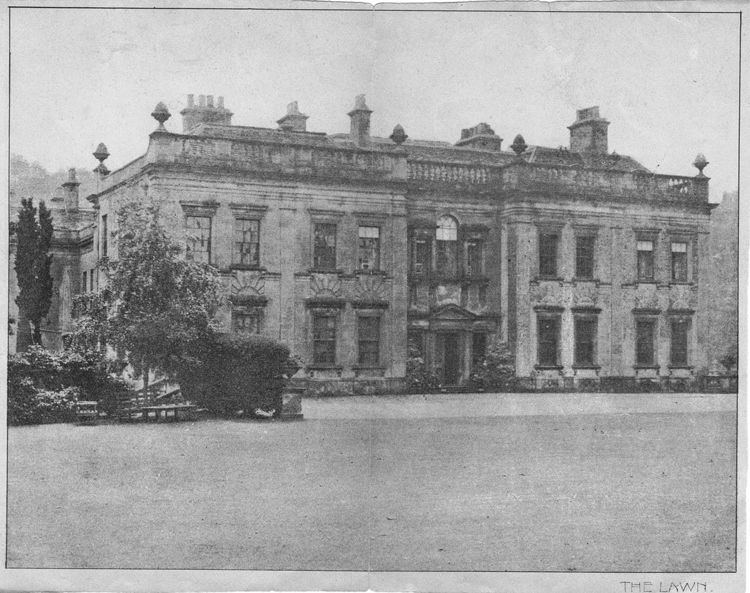 | ||
The Goddard family were a prominent landed family chiefly living in the northern region of the English counties of Wiltshire and Hampshire and the western part of Berkshire, between the Tudor period and the late modern era.
Contents
- The Lawns estate in Swindon
- Lords of the manor of Swindon
- MPs for Cricklade
- Hampshire Goddards
- Berkshire Goddards
- References
The Goddard family were established at Upper Upham House, near Aldbourne, from at least the late 15th century. From 1563 until 1927, the family were lords of the manor of Swindon, living on the Goddard Estate in The Lawns. Other important manors included Clyffe Pypard and Ogbourne St George in Wiltshire, Standen at Hungerford in Berkshire and Stargroves at East Woodhay in Hampshire.
The Lawns estate in Swindon
Thomas Goddard's purchase were said to include profits of the fairs and the weekly market, 60 messuages, 40 cottages, 2 water mills, 100 gardens, 100 orchards, 600 acres (2.4 km2) of land, 200 acres (0.81 km2) of meadows, 1,000 acres (4.0 km2) of heath, 30 acres (120,000 m2) of woods, 120 acres (0.49 km2) of pasture and one dovecote.
The estate included the area known today as the Lawns, and was bounded by the High Street and the site of Christchurch. The Manor house was rebuilt around 1770; it is probable that this was on the site of a mediaeval building. The Manor building was known as Swindon House until 1850, and is now known as the Lawn.
The family home was a double-cube fronted building of brick with stone dressings and a baluster parapet. To the east of this was a five bedroom dining block that looked out onto the gardens.
When last occupied by the family, the Lawn had an outer and inner hall on the ground floor (giving access to a lobby and drawing room), a dining room with adjoining study, billiard room, library and gun room.
There were two staircases leading to the various bedrooms, some with adjoining dressing rooms and also the nursery and servants' quarters.
The grounds included an arboretum, lawns, artificial lakes and ornamental gardens and was used for entertaining, garden parties and fêtes. During cold periods the frozen lakes were used by the family and local residents for ice skating.
The last of the male line, Major Fitzroy Pleydell Goddard, a diplomat, died in 1927. His widow, Eugenia Kathleen, left Swindon in 1931. Subsequent to this, the house remained empty until it was occupied by British and American forces during World War II. Damaged by the military, it was bought from The Crown by Swindon Corporation in 1947 for £16,000. The sale included 53 acres (210,000 m2) of land, the Manor house and the adjacent Holy Rood Church.
The house itself was derelict by 1952 and demolished. The Manor grounds were opened as parkland and remain so. Today; the wood, lake, sunken garden, elements of the walls and the gateposts at the entrance to Lawns are all open to the public. The site of the former stables are now the Planks auction house.
Lords of the manor of Swindon
Thomas Goddard of Upham acquired the Manor of Swindon in 1563 and his descendant family were Lords of the Manor up until the 20th century.
Descent is from Father to Son unless noted.
MPs for Cricklade
Hampshire Goddards
The Goddard family owned the Stargroves estate at East Woodhay from 1565 until about 1830.
Berkshire Goddards
In the 1550s, Standen Manor in Hungerford was bought by John Goddard of Upper Upham House and it became one of the family's favourite homes. The family purchased Clyffe Pypard Manor in Wiltshire around the same time and divided their time between the two. They were associated with the place for about 150 years.
